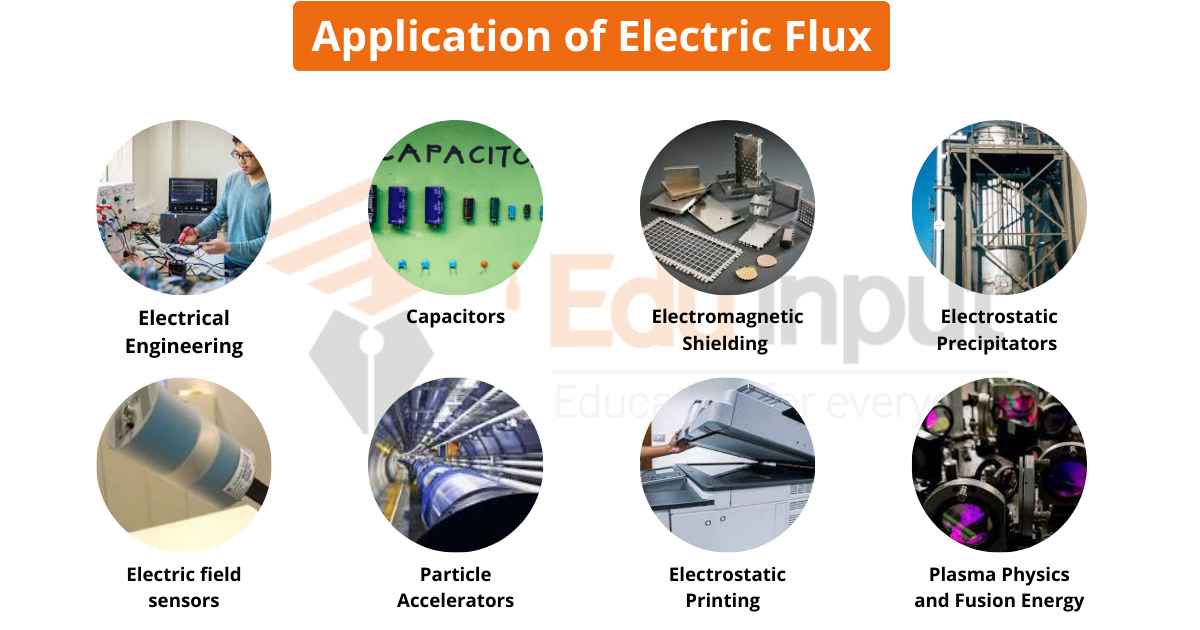What is Supercapacitor?-Definition, Types, And Applications
Supercapacitors are often used to store energy. They can store large amounts of electric charge, much more than electrolytic capacitors or any other type of conventional capacitor.
What is Supercapacitor?
Supercapacitors are amazing devices that can store a tremendous amount of electrical energy. They are often used to power electronic devices that require a lot of power, like cell phones and laptops. Supercapacitors can also be used to provide backup power for devices that need to keep running even if there is a power outage.
The material used to construct supercapacitors differs from conventional capacitors. A conventional capacitor consists of two conducting electrodes separated by an insulating material. The conductive plates of the capacitor are good conductors of electricity so they easily allow electric current through them. On the other hand, dielectric material (insulating material) is a poor conductor of electricity so it does not allow electric current through it.
Types of Supercapacitor
There are three major types of supercapacitors.
- Double layer capacitors
- Hybrid capacitors
- Pseudo -capacitors
Double layer capacitors
There are two electrodes, a separator, and an electrolyte in a double-layer capacitor. The water has a mixture of both positive and negative ions dissolved in it. The separator separates the two parts of the device.
The left and right sides of the liquid electrolyte are made in contact with the left and right sides of the electrode. A common boundary will be formed between the liquid electrolyte and insoluble solid electrode surface at the point at which the liquid electrolyte and electrode surface meet.
Pseudo-capacitors
The pseudo-capacitors store electrical energy through electron charge transfer between the electrode and electrolyte. The reduction-oxidation reaction can be done by Redox.
Reduction is when an atom gains an electron and becomes more negative. Oxidation occurs when an atom loses electrons and becomes more positive. Reduction-oxidation can occur when one atom gains an electron and another atom loses an electron. In pseudo-capacitors, the oxidation-reduction reaction takes place between the two solutions. The charge storage in pseudo-capacitors is the result of the charge transfer between the electrolyte and the electrode.
Hybrid capacitors
Hybrid capacitors are created by using a combination of double-layer capacitors and pseudo-capacitors. This allows for both double layer capacitance and pseudo capacitance to be achieved in the final product.
Applications
These are some applications of supercapacitors.
- Flashlight
- Solar power
- laptop computers
- portable media players
- photovoltaic systems to stabilize the power supply.
- temporary energy storage devices for energy harvesting systems.
- Supercapacitors are used in defibrillators.







Leave a Reply